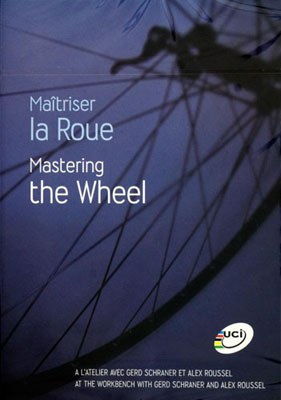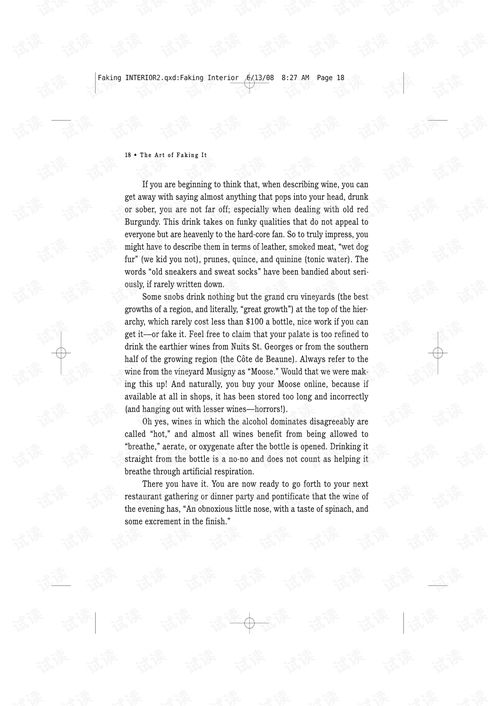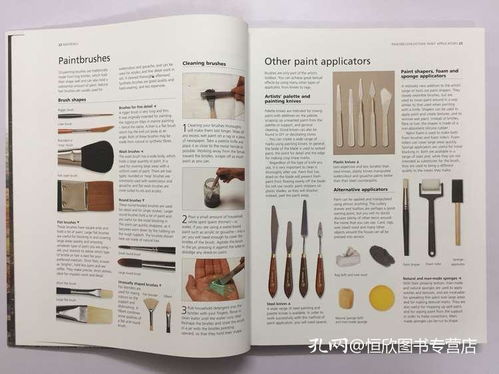Content:
Learning how to cast a rod effectively is a fundamental skill for any angler. Whether you are a beginner or an experienced fisherman looking to refine your technique, understanding the basics of casting can significantly improve your chances of catching fish. In this article, we will explore the essential techniques for mastering the art of casting a rod.
Choosing the Right Equipment
Before diving into the casting techniques, it's crucial to select the appropriate equipment. Your rod, reel, and line should be well-suited to your preferred fishing style and the type of fish you are targeting. Here are some factors to consider:
Rod Length: The length of your rod should be proportional to the distance you need to cast. Longer rods provide more power and accuracy, while shorter rods are more versatile and easier to control.
Rod Action: The action of a rod refers to how it bends and recovers. Fast-action rods are great for casting heavy lures and fishing in windy conditions, while slow-action rods are better for delicate presentations and finesse techniques.
Reel Size: Ensure that your reel is compatible with your rod and line capacity. A properly matched reel will help you cast more efficiently and manage your line effectively.
Line Type: Choose a line that matches the weight and sensitivity of your rod. Braided lines offer strength and durability, while monofilament lines provide flexibility and feel.

Basic Casting Techniques
Once you have the right equipment, it's time to learn the basic casting techniques. Here are some essential steps to get you started:
Grip: Hold the rod with a comfortable, but firm grip. Place your index finger and thumb on the reel seat, with the remaining fingers wrapped around the handle. Avoid gripping the rod too tightly, as this can restrict your casting motion.
Loading the Rod: To load the rod, bend it slightly by winding the line around the reel handle and lifting the rod tip. This action transfers energy from your arm and wrist to the rod, preparing it for casting.
Casting Motion: Begin with a smooth, continuous motion that starts from your wrist and moves through your arm and shoulder. Keep your elbow close to your body and follow through with a powerful wrist snap at the end of the cast.
Timing: Timing is crucial in casting. As you reach the end of your casting motion, release the line just before the rod begins to straighten. This ensures that the line will travel the desired distance and the lure will reach its target.
Common Casting Errors and Solutions
Avoiding common casting errors is essential for improving your technique. Here are some common mistakes and their solutions:
Over-Casting: This occurs when you cast too far, causing the lure to land in the water too far from the target. To correct this, reduce your casting distance and practice more precise aiming.
Under-Casting: This happens when you cast too short, resulting in the lure landing too close to the rod tip. To fix this, work on your timing and wrist snap to increase the distance of your cast.
Looping: Looping occurs when the line forms a loop that travels above the rod tip. To prevent looping, ensure that your casting motion is smooth and continuous, and avoid sudden movements or jerks.
Practice and Patience
Like any skill, casting takes practice and patience. Spend time practicing different casting techniques and distances in various conditions, such as wind and current. As you become more comfortable with your casting, you'll notice an improvement in your accuracy and overall fishing experience.
In conclusion, mastering the art of casting a rod is a crucial skill for any angler. By choosing the right equipment, understanding basic casting techniques, avoiding common errors, and practicing regularly, you'll be well on your way to becoming a proficient caster. With improved casting skills, you'll be able to present your lures more effectively and increase your chances of catching fish. Happy fishing!












